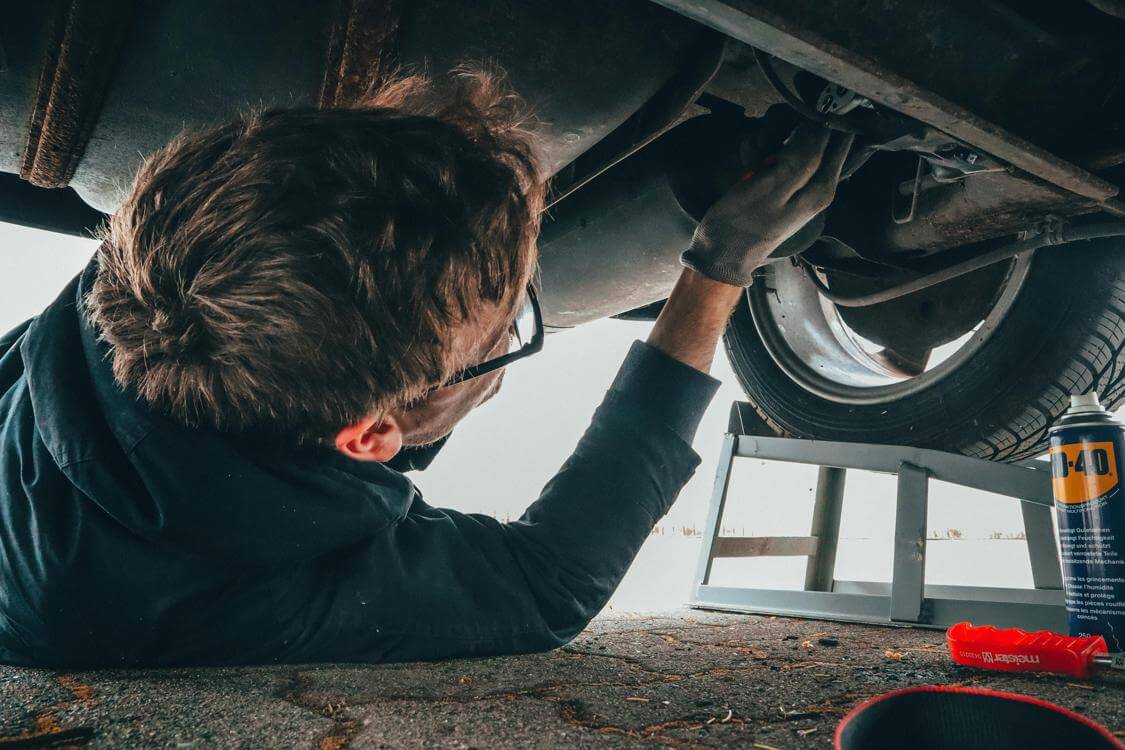Breaking Barriers for Service-Oriented Travel
Travel is a fundamental right that empowers people and connects them to new cultures, experiences, and perspectives. When these opportunities are limited for people with disabilities, they can experience isolation and feelings of frustration.
But there are solutions that break down barriers and open doors for travelers with disabilities. These include brettapproved, which provides ratings and reviews of accessibility for hotels; and Accomable, which connects travelers with verified accessible accommodations.
ACCESS-ABLE Travel Grants
Travelers with disabilities face many barriers when trying to plan a trip. Whether it’s booking an accessible hotel or finding an airport that has ADA-compliant facilities, the travel industry can often fall short in allowing people with accessibility needs to enjoy their passion for adventure and exploration.
But a number of companies and organizations are working to make the experience less daunting. For example, a website called AbleThrive aggregates support resources for people with disabilities. Its goal is to help individuals find ways to connect with others and participate in activities they previously believed were off limits.
Another company that aims to bring more accessibility options to travelers is Disabled Accessible Travel. The organization recently acquired Barcelona-Enabled and underwent a rebranding, welcoming Mirjam Versteegh as its new Managing Director. In addition to assisting individual clients with disabilities, the company also offers business-to-business consulting services for travel agencies that receive special requests from people with disabilities.
As accessibility takes flight in the travel industry, destinations worldwide are rolling out the welcome mat to their most discerning guests. From tiny towns to world capitals, locales that prioritize inclusion have a ripple effect that benefits all of us. For instance, an ACCESS-ABLE Travel grant enabled Amsterdam’s Schiphol Airport to develop a “test lab” where people with reduced mobility evaluated new wayfinding tools, seating and other amenities prior to installation. The resulting improvements have made the airport more accessible for everyone, including wheelchair users.
Other ACCESS-ABLE Travel grants have helped to improve the experience for tourists with disabilities in Salento, Italy. Thanks to the initiative, the coastal town now offers free engineered beach mats that enable people with limited mobility to feel the sand between their toes.
Even as these and other organizations work to make the travel experience more inclusive, Ziv acknowledges that there’s a long road ahead. But she sees glimmers of hope: Airline seats now include fold-out armrests that accommodate wheelchairs. And aviation non-profit Flights for All is working to identify and resolve barriers that local airport providers can fix, making their facilities more welcoming to families who need air travel to reach medical care.
Heartfelt Service
Travel is a transformative experience that can offer insights into different cultures and perspectives. However, it can be difficult for people with disabilities to fully enjoy the journey due to barriers that may exist in their daily lives. These barriers may be physical, such as inaccessible transportation and accommodations, or attitudinal, such as discrimination and stigma.
Fortunately, the travel industry has been making significant strides in becoming more accessible. Tourist attractions, hotels, and airlines are incorporating wheelchair ramps and other adaptive equipment to accommodate guests with disabilities. Meanwhile, mobile apps like Mazemap and Wheelmap provide audio navigation assistance for disabled travelers worldwide, while other local providers like TransLink have developed trip planners for accessible transit in Vancouver.
These trends are being driven by a growing awareness of the importance of inclusivity for all people, regardless of their abilities. In addition, more and more people with disabilities are becoming entrepreneurs and leaders in the travel industry. These trailblazers are using their unique perspective and experience to inspire others and catalyze a global shift towards accessibility for everyone.
Some entrepreneurs are developing adaptive equipment and services to address the most common barriers that disabled travelers face. For example, Accomable is an online platform that connects travelers with disabilities with verified accessible properties worldwide. The service was founded by two friends with spinal muscular atrophy, and it was acquired by Airbnb in 2017.
Other entrepreneurs are focusing on creating a travel culture that is more inclusive and tolerant of diversity. They are promoting the value of traveling with a disability by sharing their personal experiences and inspiring others to embrace the spirit of adventure and inclusion. These efforts help make travel more accessible to those who serve, such as volunteers and aid workers with disabilities. They are also educating travel and hospitality professionals in the importance of catering to diverse needs.
Mobile Apps
Travel is an important way for people to experience the world and connect with new cultures, experiences, and perspectives. However, for some persons with disabilities (PwDs), access to travel is hindered by a variety of barriers – from physical obstacles in transportation and accommodations to discrimination and stigma.
Fortunately, mobile technology is reshaping the ways that people plan and experience travel. The right app can provide vital real-time itinerary and travel information, link clients and their agents for problem resolution, and facilitate communication between all parties. Apps are a critical part of today’s travel toolkit, and savvy agents are utilising them to keep their clients happy and engaged.
There are many different types of travel apps available, but some stand out from the crowd for their unique features that can make the difference between a good trip and an amazing one. For instance, language translation apps like Translate can help travelers communicate with locals when their native language is not enough. These apps also allow users to download translations for offline use, which is especially useful in remote locations where data access is limited or nonexistent.
Navigation apps help travelers navigate unfamiliar cities with confidence by providing them with detailed maps and GPS services that highlight landmarks, tourist attractions, and other destinations of interest. Some even feature reviews and recommendations from other users to help them select the best places to eat, shop, and visit. Networking functionalities within these apps encourage the formation of bonds with fellow explorers, contributing to an active and vibrant global travel community.
There are also a number of travel apps that are specifically designed to accommodate the needs of individuals with disabilities. For example, a ridesharing service called BlaBlarCar is a great option for travellers who can’t drive or rely on public transport to reach their destinations. Another app, Accomable, was developed by two friends who both have spinal muscular atrophy and serves as a platform that connects travelers with disabilities to verified accessible accommodations. The app’s easy-to-use interface and offline functionality have helped its users to feel more confident in their ability to explore the world despite their limitations.
Accessible Destinations

Achieving a full and rewarding travel experience is an ongoing challenge for travelers with disabilities. Every day, they face obstacles that can range from difficulty navigating unfamiliar terrain to the frustration of navigating stairs or narrow doorways. These obstacles often result in missed opportunities and feelings of exclusion from activities and attractions.
This is why many travel agencies and destinations are embracing accessibility as a way to ensure that all individuals can enjoy the adventure of travel. The commitment to inclusivity goes far beyond ensuring that accommodations meet accessibility standards; it is an acknowledgment of the unique needs and interests of all travelers and a desire to foster genuine connections and memorable experiences.
These trailblazers are redefining what it means to travel with disabilities, showing that physical barriers can be overcome by determination and creativity. In their pursuit of adventure, they have forged their own path and created innovative tools that enable people to explore the world without restriction. Whether it’s through specialized adaptive equipment or customized travel services, these entrepreneurs are empowering people with disabilities to push the boundaries of their own potential.
Traveling with a disability requires thorough research before embarking on any trip. This includes determining your desired destination and activities, researching the accessibility of public transportation options and medical facilities in the area, and learning about the culture’s norms regarding accessibility. Thorough research can also help you anticipate any challenges that may arise and create a plan to address them.
To ease the stress of planning, there are many resources available online that can provide trusted information on accessible-friendly guided tours and more. Many of these resources are specifically tailored to the disability community and offer invaluable information to help create an inclusive travel experience. Some of these resources include:




